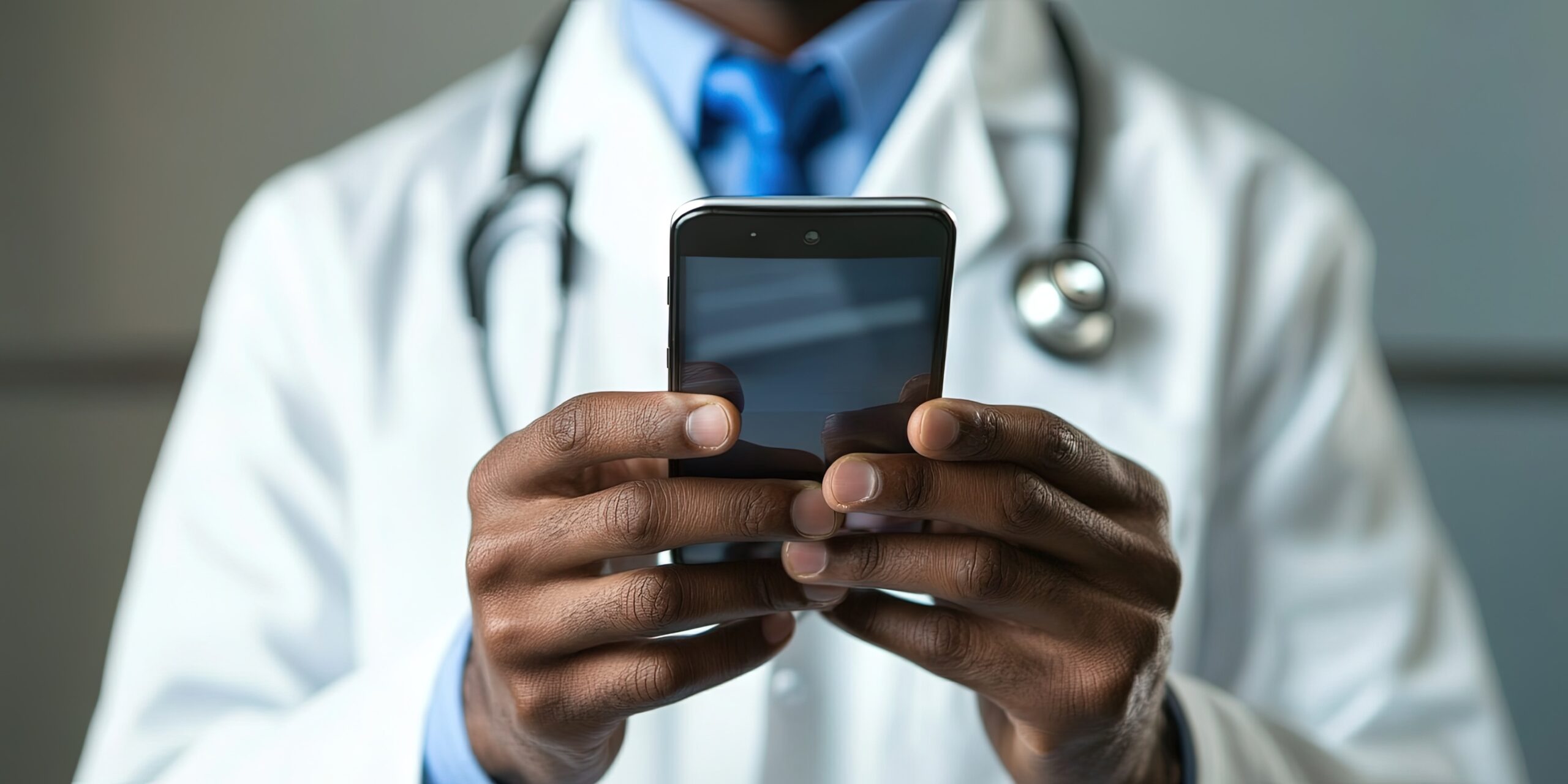In today’s digital world, healthcare apps play a critical role in connecting patients with medical professionals, providing easy access to health information, and improving overall well-being. However, developing a successful healthcare app requires more than just coding skills—it demands a deep understanding of user needs, regulatory compliance, and seamless functionality.
As a software developer with experience in healthcare technology, I have seen firsthand the challenges and opportunities in building user-centric healthcare applications. In this blog, I’ll walk through the key steps from concept to launch, sharing insights on how to create apps that truly benefit users.
Understanding User Needs
The foundation of any great healthcare app is a clear understanding of the target users. Are you building an app for patients managing chronic conditions, healthcare providers needing quick access to records, or insurance companies optimizing claims processing? Each audience has different needs, and addressing them effectively is crucial.
To gain insights, conduct user research through surveys, interviews, and market analysis. Identify pain points in existing healthcare solutions and determine how your app can provide a better experience. Prioritizing user needs ensures your app serves a real purpose and solves genuine problems.
Designing an Intuitive User Experience
A healthcare app must be user-friendly, especially since it caters to a diverse audience, including elderly users and those unfamiliar with technology. A clean, intuitive design with simple navigation makes the app accessible to all users.
Key UX design principles for healthcare apps include:
- Minimalistic UI: Avoid cluttered screens and unnecessary features. Keep the interface simple and focused on essential functions.
- Easy Navigation: Ensure users can find what they need with minimal effort. A clear menu and logical workflows improve usability.
- Accessibility Features: Incorporate larger fonts, voice commands, and screen readers to accommodate users with disabilities.
- Consistent User Feedback: Provide clear confirmations, alerts, and guidance to help users navigate the app confidently.
Ensuring Compliance with Healthcare Regulations
Healthcare apps handle sensitive personal information, making security and compliance top priorities. Depending on the region, developers must adhere to various healthcare regulations, such as:
- HIPAA (U.S.): Requires strict data encryption and access controls to protect patient information.
- GDPR (Europe): Enforces user data protection rights and requires transparent data handling.
- HL7 and FHIR Standards: Ensure seamless integration with existing healthcare systems and electronic health records (EHRs).
Compliance should not be an afterthought—it must be built into the app’s architecture from the start. Work with legal experts to ensure your app meets all required standards and protects user privacy.
Developing a Secure and Scalable Architecture
A successful healthcare app must be both secure and scalable. Security measures like data encryption, multi-factor authentication (MFA), and secure API connections are critical to protecting sensitive health data.
To build a scalable application:
- Leverage Cloud Computing: Cloud platforms like AWS and Azure provide scalable infrastructure to handle increasing user loads.
- Use Modular Development: Microservices and modular design help ensure flexibility and easier updates.
- Optimize Database Performance: Efficient database management ensures quick access to critical healthcare data.
A well-structured backend ensures reliability and minimizes downtime, which is essential for healthcare applications.
Integrating AI and Data Analytics
Artificial intelligence (AI) and data analytics can greatly enhance healthcare apps. AI-powered chatbots can provide instant responses to patient inquiries, while predictive analytics can help doctors identify potential health risks in patients.
Some ways AI and analytics improve healthcare apps include:
- Personalized Health Insights: AI can analyze user data to offer personalized health recommendations.
- Automated Diagnosis Assistance: Machine learning algorithms can assist doctors in diagnosing conditions faster.
- Fraud Detection: AI helps detect unusual patterns in insurance claims, reducing fraudulent activities.
Integrating AI should be done thoughtfully, ensuring that it enhances rather than complicates the user experience.
Testing for Reliability and Usability
Before launching a healthcare app, thorough testing is essential. Bugs, security vulnerabilities, and usability issues must be identified and resolved to ensure the app functions flawlessly.
Key testing strategies include:
- Functional Testing: Ensures all features work as intended.
- Security Testing: Identifies vulnerabilities in data protection measures.
- Usability Testing: Gathers feedback from real users to improve the experience.
- Performance Testing: Ensures the app runs smoothly under different conditions, including high user traffic.
Continuous testing and iteration help build a reliable and user-friendly healthcare app.
Launching and Continuous Improvement
Once the app passes testing, it’s time to launch! A successful launch strategy includes:
- Beta Testing: Releasing the app to a small group of users to gather final feedback.
- Marketing and Outreach: Promoting the app through social media, healthcare professionals, and online platforms.
- Ongoing Updates: Regular updates improve functionality, security, and user experience.
Healthcare technology is constantly evolving, so staying up to date with new developments and user needs is crucial. Gathering user feedback post-launch and making iterative improvements will keep the app relevant and effective.
Final Thoughts
Building a user-centric healthcare app is a challenging yet rewarding process. By understanding user needs, ensuring compliance, prioritizing security, and leveraging AI and cloud technologies, developers can create impactful applications that improve healthcare access and outcomes.
As developers, we have a responsibility to build technology that truly benefits users. Whether it’s simplifying patient-doctor interactions, providing critical health insights, or improving efficiency in the healthcare system, a well-designed healthcare app can make a real difference.
What are your thoughts on healthcare app development? Let’s discuss how we can make healthcare technology even more user-friendly and effective!
